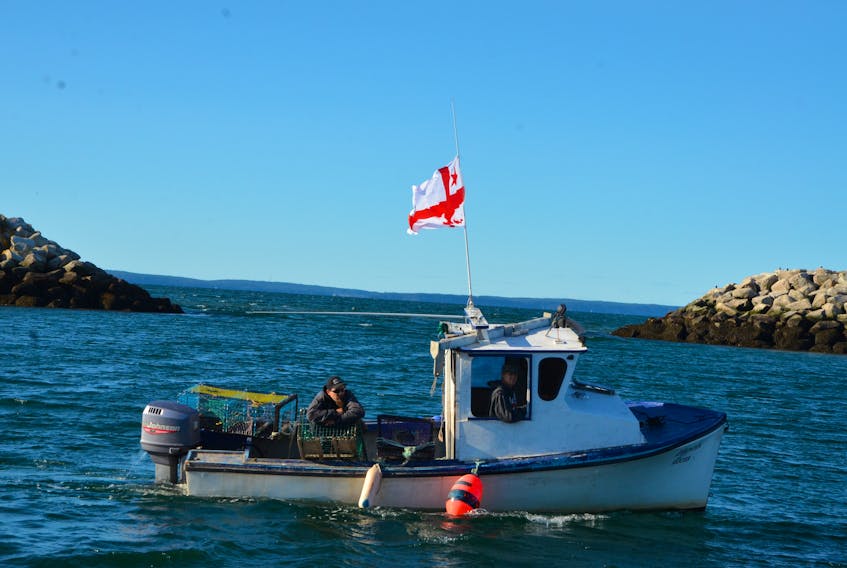The Bear River First Nation is demanding it be part of consultations regarding a moderate livelihood on St. Mary’s Bay.
The community of 108 on-reserve members (and 226 off reserve) is the closest First Nation to Lower Saulnierville, where a moderate livelihood fishing dispute is playing out. Along with the Annapolis and Acadia First Nations, it helps form the Kespu’witk district of Mi’kmagi.
“Prior to the events now taking place in our area, neither the minister of fisheries and oceans nor DFO officials nor representatives of the Sipekne’katik First Nation reached out to the Bear River First Nation, nor any other Kespu’witk community, respecting access to and management of lobster resources in St. Mary’s Bay,” reads a letter sent Friday by Bear River chief Carol Dee Potter to Fisheries Minister Bernadette Jordan, Sipekne’katik chief Michael Sack, Assembly of Nova Scotia Mi’kmaq Chiefs co-chairs Terrance Paul and Sidney Peters.
“We are encouraged by subsequent contacts we have had with the minister and hope they regularly continue.”
The full letter can be read below or on Bear River First Nation's website.
Potter warns in the letter that St. Mary’s Bay falls within Kespu’witk district.
“Our communities worked tirelessly to build bridges and repair relationships with non-Mi’kmaq fishers and communities. Our children go to school with one another, we share communities with one another and often our families are connected to one another,” reads the letter.
“All that work over the past decades is quickly being eroded by others who will soon leave this area, leaving us to pick up the pieces. As such, Bear River First Nation expects respectful dialogue with the Crown, our fellow Mi’kmaq communities and the non-Mi’kmaq fishery pertaining to the lobster fishery in St. Mary’s Bay. To date, this has not taken place.”
The letter comes as Jordan negotiates directly with Sipekne’katik chief Mike Sack on implementing the self-regulated moderate livelihood fishery his community began on Sept. 17 on St. Mary’s Bay.
Sack said Tuesday that he expected those negotiations to reach a conclusion “soon.”
Sipekne’katik is 277 kilometres from Lower Saulnierville.
“Prior to centralization we had our community members down there,” said Sack of St. Mary’s Bay.
“We had strong ties to Digby and area. It’s known that we travelled around to where the resources are.”
Sack said he had reached out to Potter and sent her, along with other Mi’kmaq First Nations, copies of his community’s management plan.
In her letter, Potter states that the Bear River First Nation is developing its own moderate livelihood fishery plan. But that in the meantime, her community members have been forced out of their food, social and ceremonial fishery on St. Mary’s Bay by the conflict going on there.
“Bear River First Nation calls on all parties involved to develop an interim understanding for a defined period of time that allows all Mi’kmaq communities to participate in a meaningful way,” reads the letter.
“Our community members are currently suffering the backlash of events we have no control over and are denied safe access to resources that are rightfully ours. This cannot be allowed to continue.”









